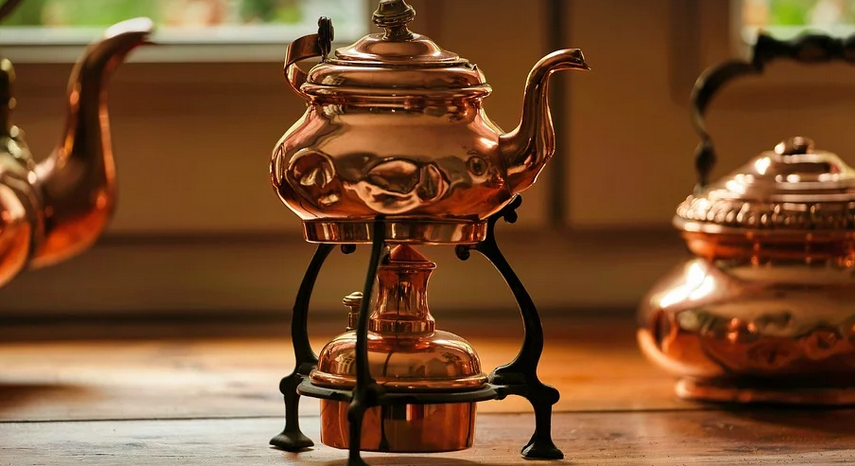Delve into a world of smoky goodness with our ultimate guide to bone-in ribeyes and boneless ribeyes
You’re craving that juicy, flavorful, melt-in-your-mouth steak experience, but there’s a dilemma – do you go for the classic boneless ribeye or embrace the rustic charm of a bone-in one? This guide dives into the world of these succulent cuts to help you choose the perfect steak.
Let’s start with the basics. A **ribeye** is a cut of beef known for its rich marbling, offering a tenderness that melts in your mouth and an undeniable savory aroma. This cut comes from the rib section of the cow. The “ribe” part signifies this steak’s origins near the ribs, and “bone-in” simply means it retains its bone structure.
Why is it so popular? Because ribeyes are known for their incredible flavor! The marbling adds a depth of richness that elevates them to culinary art. The fat melts away as you cook, leaving behind a tender steak with a burst of savory notes and a hint of sweetness.
Now, let’s talk about the two main contenders: Bone-in Ribeyes and Boneless Ribeyes.
Bone-In Ribeye – An Ode to Authentic Flavor
The bone-in ribeye offers a distinct advantage in taste and texture. The bone enhances its juiciness, as the marrow inside acts like an internal moisture reservoir. When you bite into a bone-in ribeye, you’re not just experiencing a steak; you’re indulging in a symphony of flavors and textures.
With the bone intact, there’s an inherent “chew” to the cut that adds depth and dimension to the experience. This makes it perfect for those who enjoy a more rustic steak-eating experience.
Boneless Ribeye – The Simplicity of Modern Elegance
The boneless ribeye, on the other hand, offers a smoother cooking process with less fat marbling and a less intense flavor profile. It’s for those who prefer a more refined approach to their steak.
Boneless ribeyes are often grilled or pan-fried, making them easier to cook evenly and ensuring juicy results. The minimal fat also translates into a leaner experience, satisfying a need for lighter options.
Choosing the Right Ribeye: It’s All About Your Taste
Here’s where the real magic begins – choosing the right cut based on your personal preference and occasion.
For the **bold, adventurous steak lover**, a bone-in ribeye is a must. The flavor, texture, and inherent juiciness are simply unparalleled. It’s the perfect choice for a special occasion and offers a luxurious dining experience.
But if you’re looking for something **easier to cook, faster to prepare, and leaner** in terms of fat content, the boneless ribeye is an excellent alternative. Enjoying it at a dinner party or for just a simple meal, this cut satisfies with its smooth texture and bold flavor.
Factors to Consider: It’s All About Your Needs
There are several factors that influence your decision between bone-in and boneless ribeyes. It boils down to personal preference and the occasion:
* **Cooking Time & Technique:** Do you enjoy a more hands-on cooking experience, or would a faster approach suit your style? Bone-in ribeye requires more attention during cooking due to the presence of bone, but it’s worth it for the added flavor. Boneless ribeyes are ideal for those who prefer a simpler, less time-consuming approach to steak preparation.
* **Flavor Intensity:** Are you looking for a steak that bursts with flavor and richness? The bone-in ribeye delivers an authentic, nuanced experience thanks to its marbling. Boneless ribeyes offer more of a clean, straightforward flavor profile. * **Occasion & Social Setting:** A bone-in ribeye is more fitting for special occasions or when you want to impress your guests with its robust flavor and rustic charm. Boneless ribeyes are perfect for casual gatherings where a quicker preparation time and lighter experience are preferred.
* **Cooking Method:** The way you cook the steak plays a role too. Boneless ribeyes are well-suited for searing or grilling over high heat, which helps to lock in their juiciness and create those beautiful caramelized crusts. Bone-in ribeyes are ideal for slow roasting, allowing the bones and fat to render out, resulting in incredibly tender meat.
Ultimately, choosing between bone-in and boneless ribeye comes down to your personal preferences. Whether you crave a rustic experience, enjoy a more refined approach, or simply prefer a steak with a specific level of flavor intensity. With the right preparation and cooking technique, both cuts can elevate any meal to an unforgettable experience.
So go ahead! Dive into the world of bone-in ribeyes and boneless ribeyes – it’s all about finding your perfect steak match.


